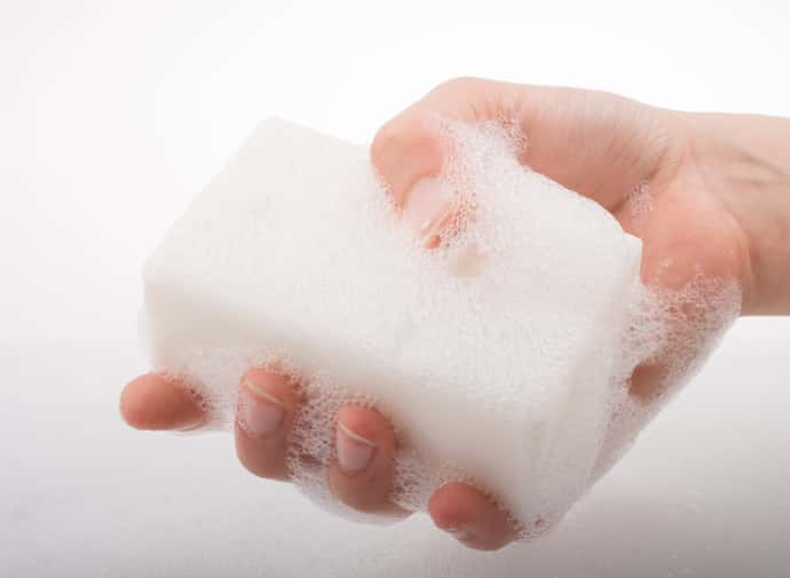Bar soap is a common household item that is used daily by many people. However, there is a growing concern about whether or not bar soap can transfer bacteria between users.
First, it's important to understand that bacteria are present on all surfaces, including our skin. When we use bar soap, we are transferring some of the bacteria from our skin onto the soap. This is not necessarily a bad thing, as our skin is naturally colonized with a variety of bacteria that help to keep it healthy.
People tend to think that if multiple people are using the same bar of soap it will lead to an increase in the number of bacteria on the soap, which can increase the risk of transference...
Will it???
One of the most common concerns is that bar soap can transfer staph bacteria, which can cause skin infections. Staph bacteria are commonly found on the skin and can easily be transferred to all sorts of surfaces. And if multiple people are using the same bar of soap, they can also be transferring staph bacteria to each other...
Or would they???
Yet another concern is, what I like to call "The Crazy Viral One", that bar soap can transfer viruses, such as the cold or flu virus. While it is almost freaking impossible for viruses to survive on bar soap for any amount of time, people still swear it is transferred between users...
Can It???
Themost rigorous study of this questionwas published in 1965. Scientists conducted a series of experiments in which they intentionally contaminated their hands with about five billion bacteria. The bacteria were disease-causing strains, such as Staph and E. coli.
The scientists then washed their hands with a bar of soap and had a second person wash with the same bar of soap. They found that bacteria were not transferred to the second user and concluded: “The level of bacteria that may occur on bar soap, even under extreme usage conditions (heavy usage, poorly designed non-drainable soap dishes, etc.) does not constitute a health hazard.”
In 1988, scientists employed by a soap manufacturerconfirmed these findings. They inoculated bars of soap with pathogenic bacteria, in this case E. coli and Pseudomonas, and had 16 subjects wash their hands with the inoculated bars. After washing, none of the subjects had detectable levels of bacteria on their hands. They concluded that “little hazard exists in routine hand washing with previously used soap bars.”
Occasional studies since then have documented the presence of environmental bacteria on bar soap, but none have shown bar soap to be a source of infection. On the contrary,recent studies continue to demonstratethe ability of simple bar soap to combat infection, even during outbreaks of serious infections like Ebola virus.
It is important to note that not all bar soaps are created equal, some contain antimicrobial ingredients that can help to reduce bacteria on the soap. Some are made with all-natural Lye like ours here at sugar mountain and are naturally more aggressive against bacteria.
Common sense would dictate that if you wanted to really minimize the risk of bacterial or "Crazy Viral" transfer, it is best to use individual bars of soap or pump soaps. But if you are using a bar of soap that is shared by multiple people, and you're still freaking out about it... be sure to wash it with hot water after each use and allow it to dry completely before using it again. Because... wait for it.... wait for it... soap is self-cleaning.
LOOK, the Centers for Disease Control and Prevention recommends hand washing as the primary defense against infection and gives the same endorsement to bar soap as it does to liquid soap. Therefore, the only mistake one could make would be to fail to wash one’s hands because of an unfounded fear of contamination.
Stay Sudys My Friends


